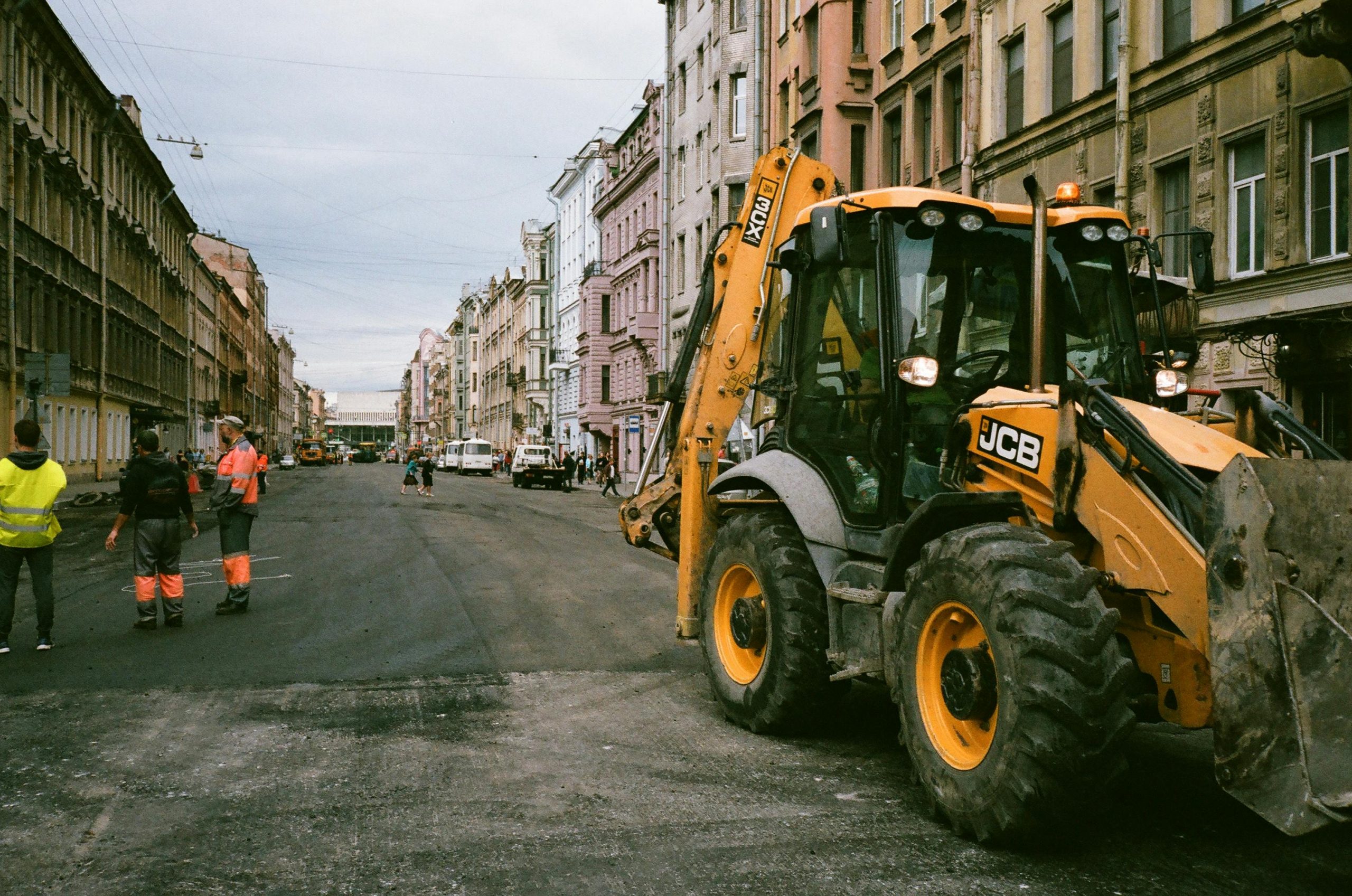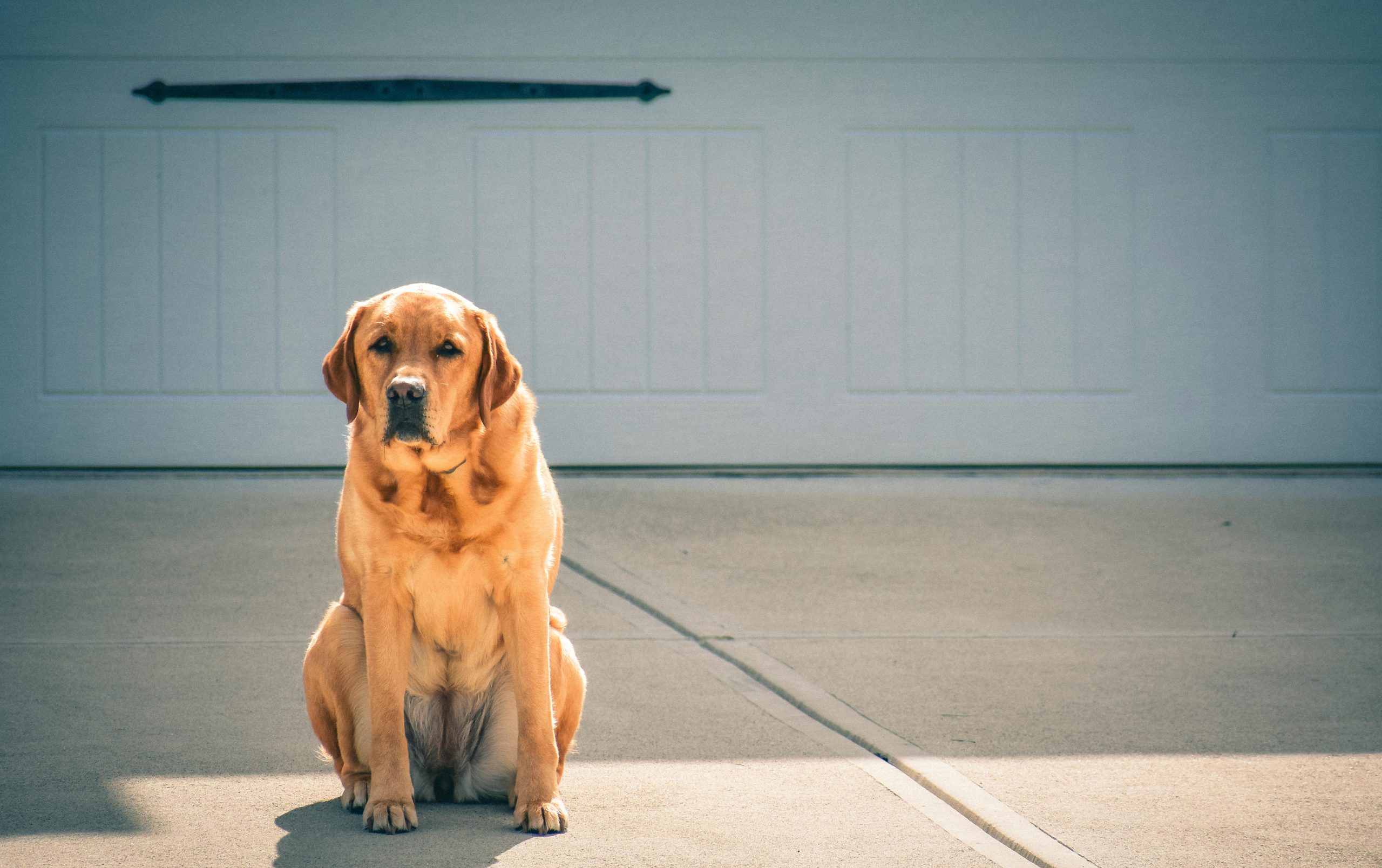
Highlights
- Proper curing is critical for the long-term durability of your new pavement.
- Avoid parking heavy vehicles or making sharp turns during the early weeks.
- Sealcoating protects your asphalt from UV rays, oil, and moisture.
- Clean your driveway regularly to prevent stains, cracks, and buildup.
- Address small cracks early to avoid costly repairs later.
- Seasonal maintenance helps your surface withstand temperature extremes.
- Professional inspections ensure your pavement stays strong and smooth for years.
Introduction: Why Maintenance Matters for New Pavement
A newly paved surface—whether asphalt or concrete—is a major investment that enhances both function and curb appeal. But like any investment, it requires care and attention to ensure it lasts. The first months after paving are the most crucial. The way you treat your surface during this time will determine its durability, strength, and appearance for years to come.
Many homeowners assume that once a surface is paved, it can be left alone. However, exposure to sunlight, water, vehicle traffic, and temperature changes can cause wear and tear quickly if the surface isn’t properly maintained. Taking a proactive approach to maintenance can save you thousands of dollars in repairs while keeping your driveway, walkway, or parking area looking as good as new.
This guide covers the most effective ways to maintain newly paved surfaces, from curing and cleaning to seasonal upkeep and professional inspections. Whether your driveway is residential or part of a commercial property, these expert tips will help you protect your investment for the long haul.
Understanding the Curing Period
Why Curing Matters
Curing is the process by which your new pavement hardens and reaches full strength. Both asphalt and concrete need time to set properly before they can handle heavy use. Asphalt typically requires six to twelve months to fully cure, while concrete takes about 28 days to achieve maximum hardness.
During the curing period, the surface is vulnerable to damage. Overloading it too soon or exposing it to harsh conditions can cause permanent defects such as cracking, rutting, or surface deformation.
Curing Tips for Asphalt Surfaces
- Avoid parking in the same spot daily—rotate parking positions to spread out pressure.
- Do not park heavy trucks or trailers for the first several months.
- Keep motorcycle kickstands, ladders, or sharp objects off the surface.
- Avoid turning the steering wheel while the vehicle is stationary.
- During hot days, allow the asphalt to cool before driving on it.
Curing Tips for Concrete Surfaces
- Keep the surface moist for at least seven days after pouring.
- Avoid heavy loads or traffic until the concrete has cured fully.
- Protect it from freezing temperatures during early curing stages.
Proper curing is the foundation of pavement longevity. The patience you show during this period will pay off in decades of reliable use.
Avoiding Premature Damage
Even after curing, your new pavement needs time to “settle in.” Early damage often occurs when homeowners or property managers resume regular use too quickly.
Common Causes of Early Damage
- Parking heavy vehicles before the surface is ready.
- Spilling oil, gasoline, or other automotive fluids.
- Making sharp turns that scrape or scuff the top layer.
- Allowing water to pool on the surface.
Preventive Tips
- Always clean up chemical spills immediately—fluids like oil and gas can weaken the pavement’s binding materials.
- Use plywood or boards under heavy objects like trailers or dumpsters.
- Keep large planters, grills, and storage bins off the new surface until it has hardened completely.
- Avoid dragging sharp tools or snow shovels that might scratch the surface.
By preventing premature wear, you help the pavement maintain its original integrity, strength, and appearance.
The Importance of Sealcoating
Sealcoating is one of the best defenses you can give your newly paved asphalt surface. It acts like sunscreen, shielding your driveway or parking lot from UV rays, oil, moisture, and oxidation.
Why Sealcoating Matters
Over time, sun exposure and water infiltration cause asphalt to dry out and crack. Sealcoating helps preserve the pavement’s flexibility and color while preventing water from seeping into the sublayers.
Best Practices for Sealcoating
- Apply the first sealcoat six to twelve months after paving.
- Reapply every two to three years for optimal protection.
- Use professional-grade sealants for even coverage.
- Ensure the surface is clean and dry before applying the sealcoat.
Concrete surfaces can also benefit from sealing. Penetrating sealers prevent water and salt from entering the concrete, helping reduce freeze-thaw damage and surface flaking.
Pro Tip:
If you’re not sure when to sealcoat, consult with experts who can recommend asphalt contractors experienced in long-term pavement protection.
Routine Cleaning and Upkeep
Keeping your pavement clean is one of the simplest but most effective maintenance practices. Dirt, leaves, and oil stains not only make your driveway look neglected—they can also trap moisture and accelerate deterioration.
Cleaning Tips
- Sweep regularly to remove dirt and debris.
- Use mild detergent and warm water for removing oil stains.
- For stubborn grease or chemical spills, use a degreaser designed for asphalt or concrete.
- Avoid using harsh solvents that may damage the surface.
- Refrain from pressure washing during the first few months after paving—wait until the surface has fully cured.
Regular cleaning ensures that your pavement maintains its fresh, dark color and smooth texture. It also makes it easier to spot early signs of wear before they become costly problems.
Managing Cracks and Small Repairs
Even the best-maintained surfaces can develop cracks over time due to shifting soil, temperature changes, or heavy loads. Addressing small cracks early prevents them from expanding and damaging the entire surface.
Crack Repair Tips
- Inspect your pavement seasonally for early signs of cracking or fading.
- Fill cracks as soon as they appear using a high-quality asphalt or concrete filler.
- For large or deep cracks, hire a professional to evaluate the damage.
- Avoid DIY hot patching unless you have experience—improper repair can worsen the problem.
Why Timely Repair Matters
Water is the enemy of pavement. Once it seeps into cracks, it expands during freezing temperatures, leading to more severe splitting. By handling minor issues early, you extend the life of your pavement and save money in the long run.
Seasonal Maintenance Practices
Weather changes affect paved surfaces in different ways. From scorching summers to freezing winters, your pavement needs year-round attention.
Summer Maintenance
- Avoid parking in the same spot during high heat to prevent depressions.
- Hose down the surface occasionally to keep it cool and clean.
- Check for fading or dullness—this may signal it’s time for resealing.
Winter Maintenance
- Use non-corrosive de-icers such as calcium magnesium acetate instead of rock salt.
- Avoid metal shovels that can scrape or gouge the pavement.
- Shovel snow early to prevent ice buildup and staining.
Spring & Fall Maintenance
- Inspect the surface for cracks, water pooling, or discoloration.
- Clean gutters and drainage systems to prevent water damage.
- Schedule professional maintenance before the winter season to strengthen the surface.
Adapting your care routine to each season ensures that your pavement remains strong, stable, and visually appealing throughout the year.
Drainage and Water Management
Water is the most damaging element for paved surfaces. Poor drainage leads to erosion, cracking, and premature wear. Ensuring proper water flow around your driveway or parking lot will protect it for years.
Drainage Tips
- Keep gutters, downspouts, and edges clear of debris.
- Make sure your driveway slopes slightly away from your home.
- Use a French drain or channel system to divert excess water.
- Check for low spots where puddles tend to form and address them promptly.
Why Water Control Is Crucial
Standing water weakens the surface, seeps into cracks, and breaks down the material underneath. Good drainage design not only prevents damage but also helps maintain a clean, safe, and attractive surface.
Professional Inspections and Maintenance Plans
Even with careful maintenance, it’s wise to schedule professional inspections every year or two. Experienced contractors can identify minor issues before they turn into costly repairs.
Benefits of Professional Inspections
- Detect early signs of structural damage.
- Ensure sealcoating and patching are done at the right time.
- Receive expert recommendations for extending pavement life.
- Access to specialized equipment and materials for professional-quality repair.
Professional maintenance plans are especially beneficial for commercial properties or large driveways that experience heavy traffic. These plans can include regular cleaning, resealing, and scheduled inspections to ensure your pavement remains in top condition year-round.
Long-Term Care and Best Practices
After the first year, ongoing maintenance becomes part of your home or property’s routine care. Think of it as preventative healthcare for your driveway or parking lot—it’s always easier to maintain than to repair.
Best Long-Term Habits
- Clean and inspect your surface at least twice a year.
- Reapply sealcoat every two to three years.
- Keep heavy vehicles and sharp tools off the surface when possible.
- Address drainage issues immediately.
- Maintain a detailed record of services and repairs.
Extra Tip:
If your property has multiple paved areas, consider setting up a maintenance calendar. Regular scheduling ensures you never miss critical upkeep tasks and helps you budget for future resealing or repair work.
Conclusion: Protecting Your Investment
Newly paved surfaces can last decades if properly cared for. Regular cleaning, sealing, and attention to small details can dramatically extend the life of your investment while keeping it safe, functional, and visually appealing.
Think of maintenance as an ongoing partnership between you and your property. The more attention you give your pavement, the longer it will serve you—without cracks, potholes, or fading.
Whether you’re a homeowner maintaining your driveway or a property manager caring for parking lots, consistent maintenance protects not just the surface but also the overall value and appearance of your property.


